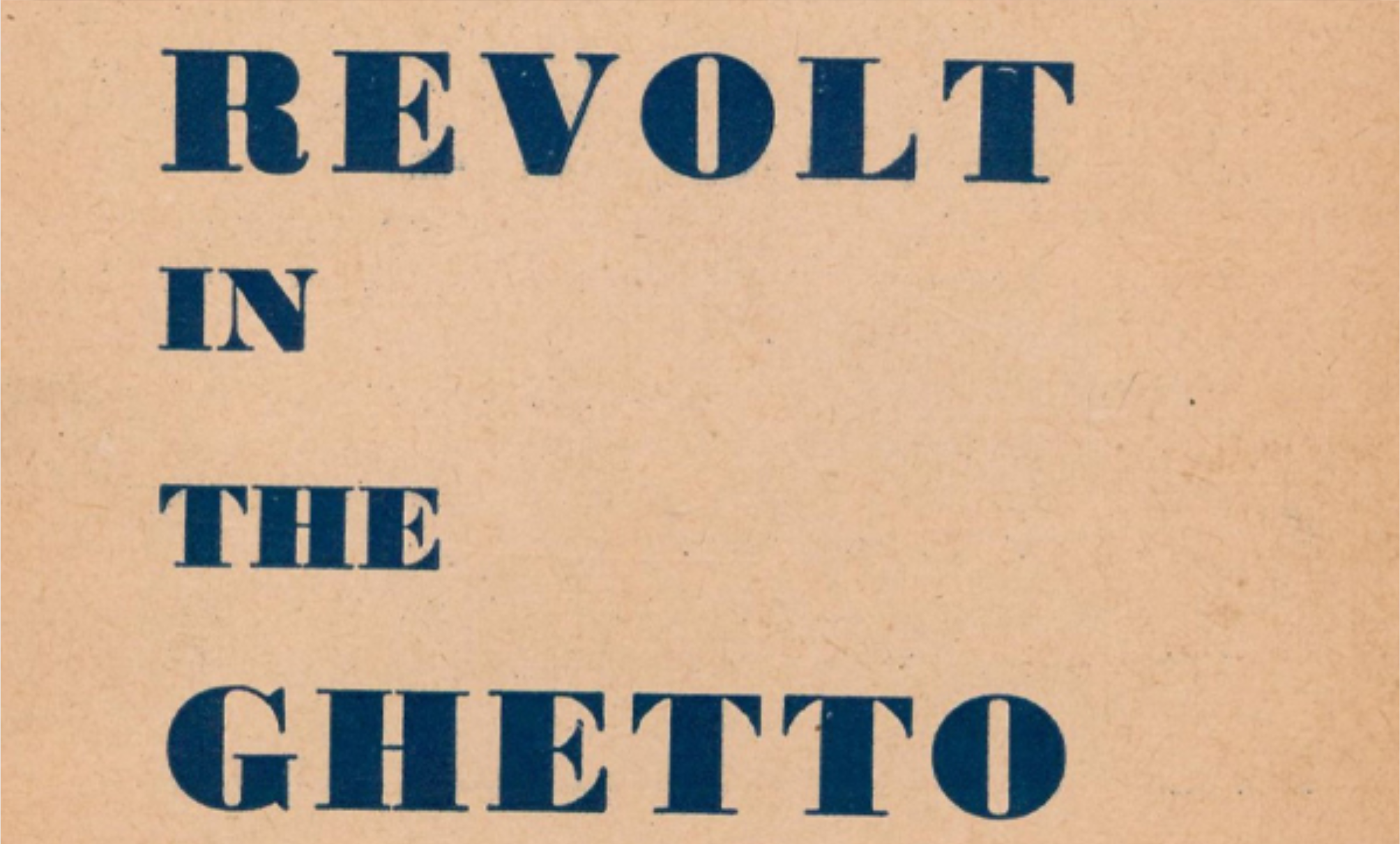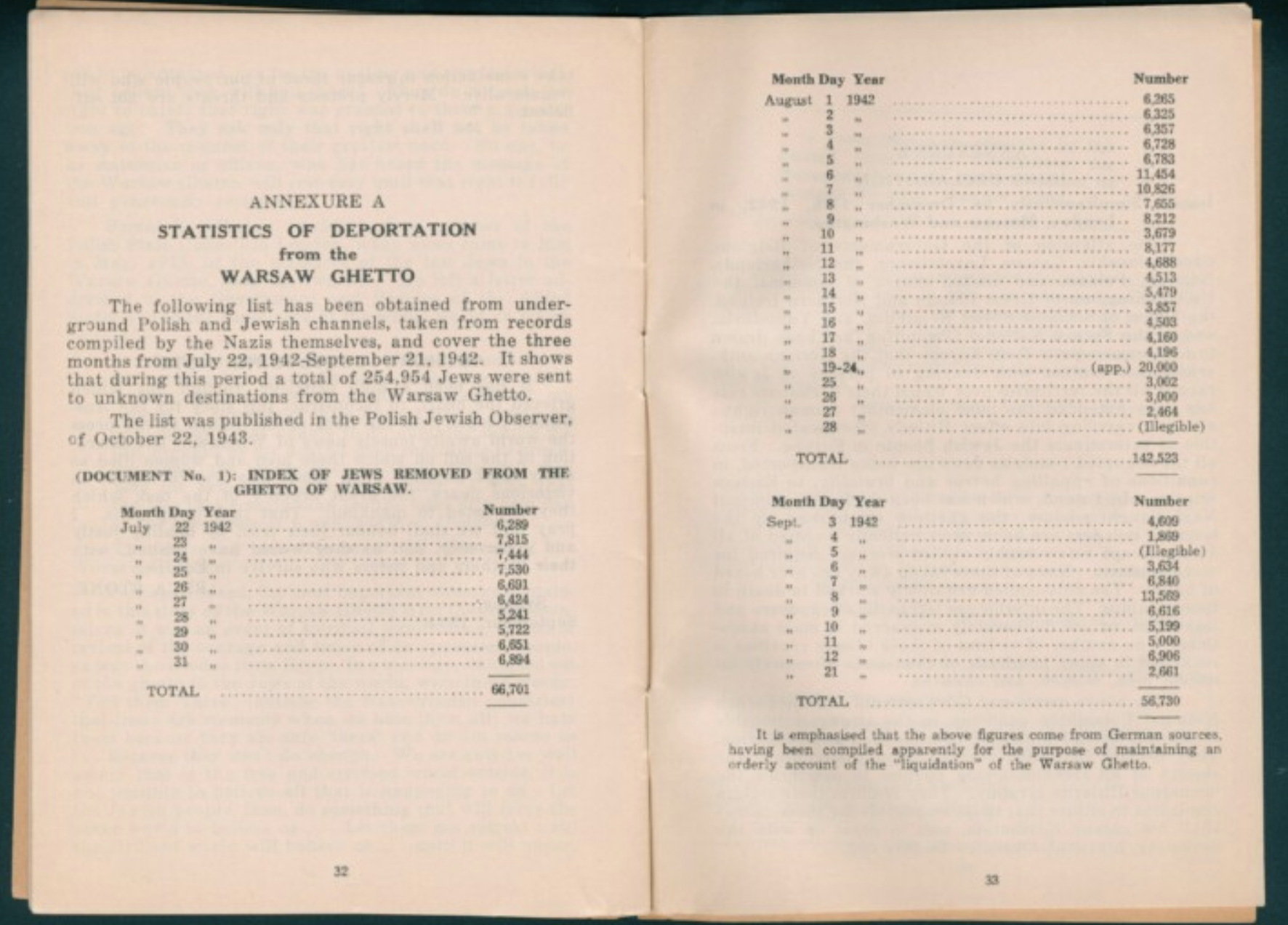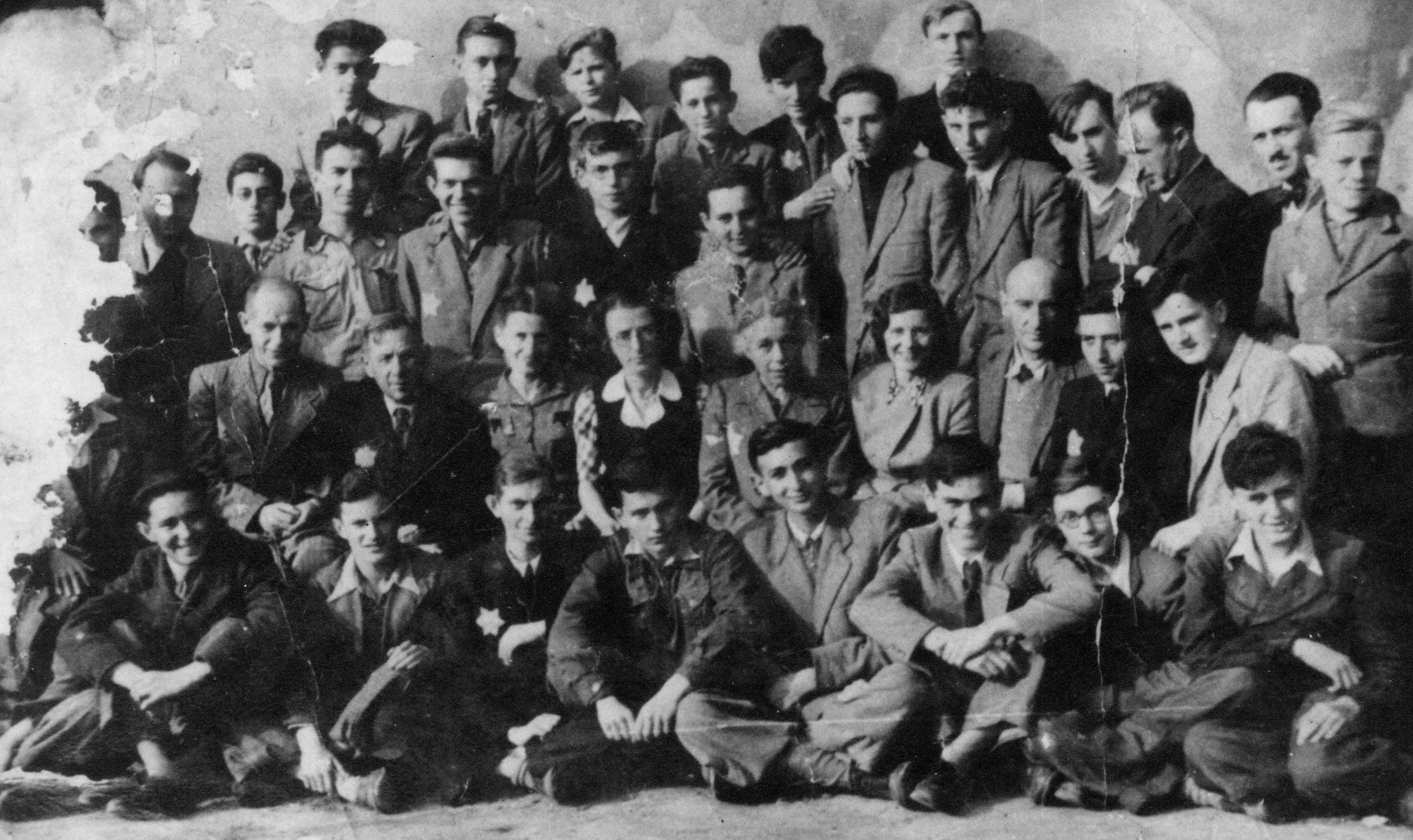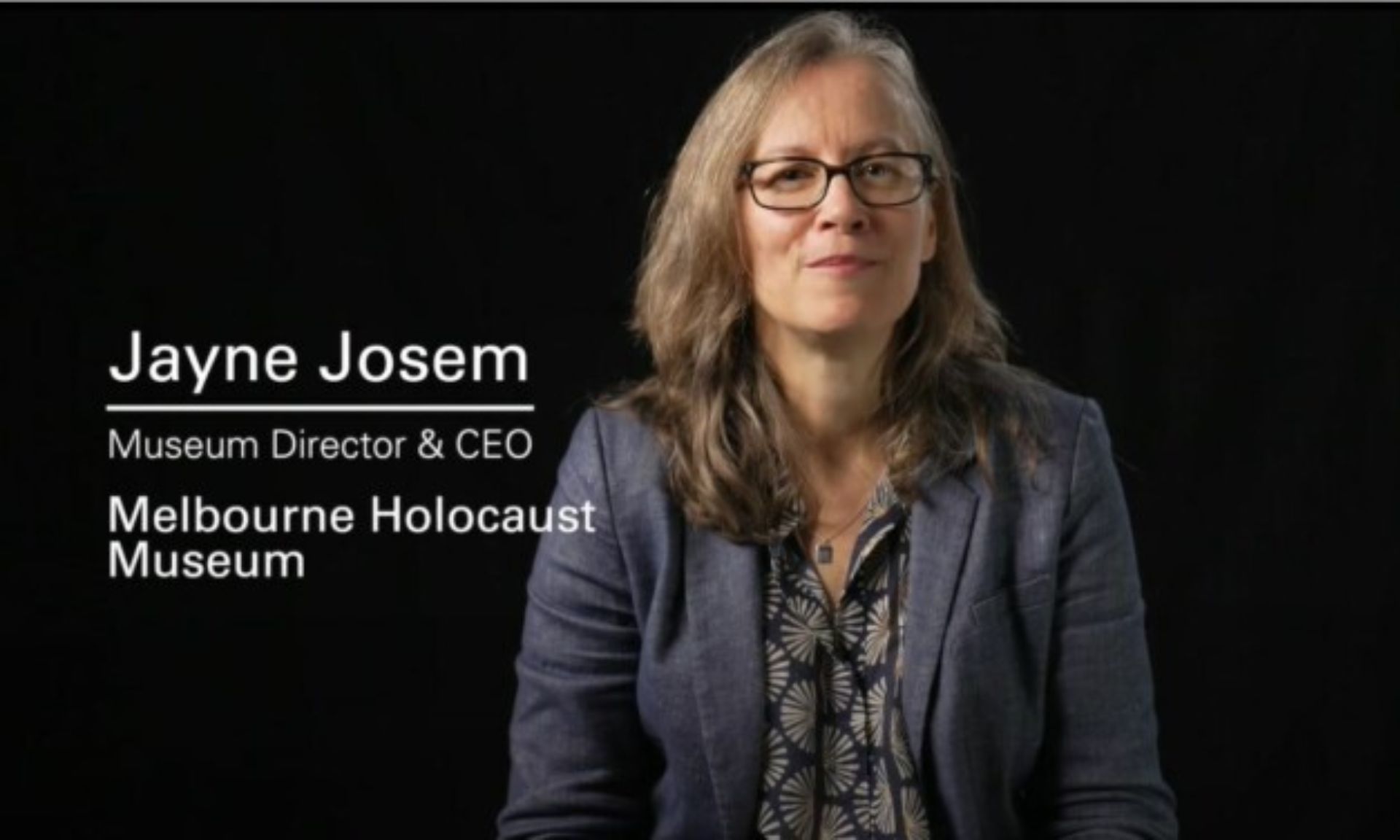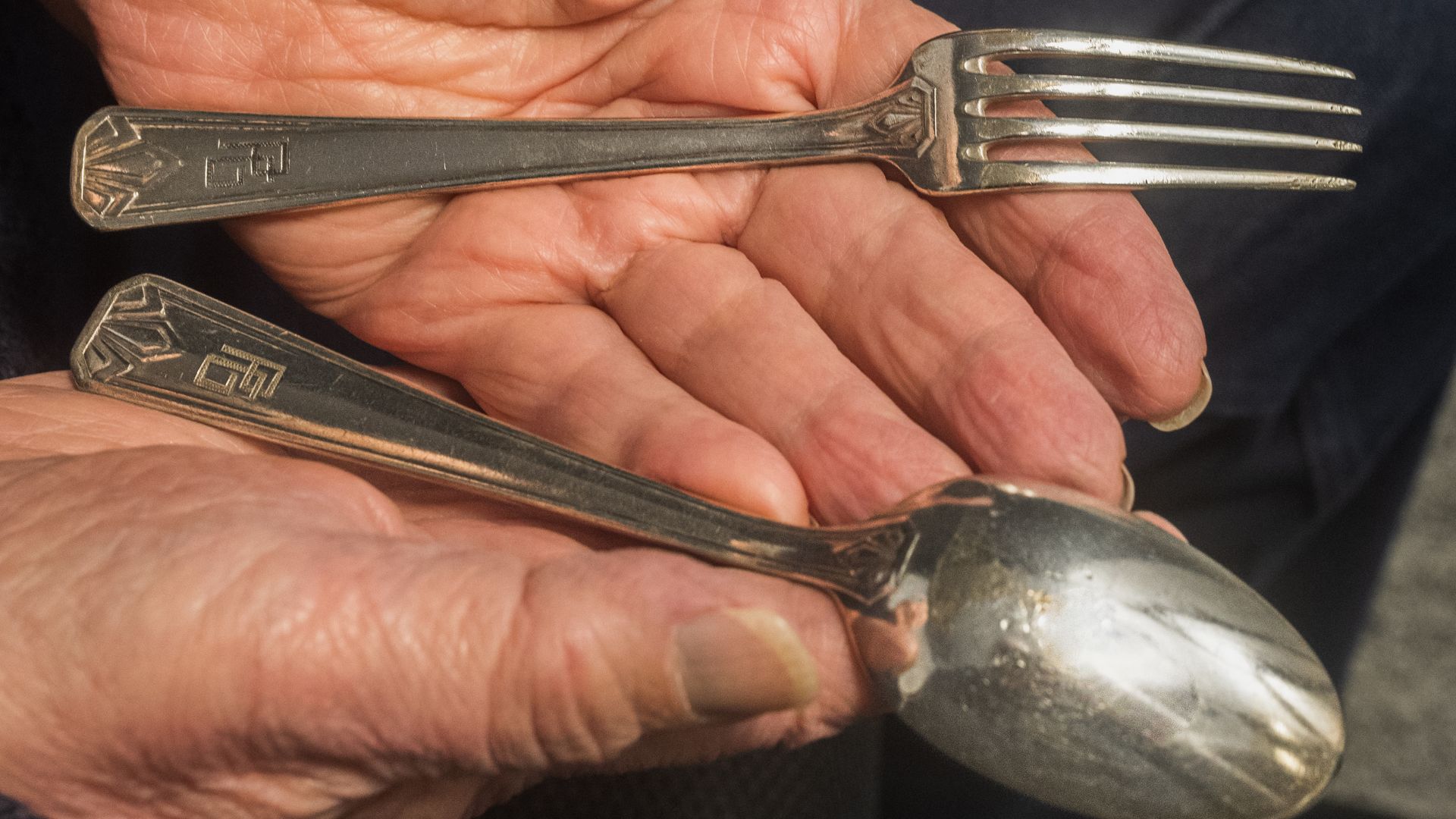‘That from the Ghetto of Warsaw, from the abyss of misery and degradation created by Nazis to defile their fellow men, there should rise a call from the soul which the Nazis cannot touch. This call should reach out to all freedom-loving people…’ Reca Stone, Sydney, 1944.
The Nazis frequently and deliberately scheduled major Aktions to coincide with Jewish holy days, and on Passover Eve, 19 April 1943, the Nazis entered the Warsaw Ghetto with the objective to send the remaining Jews to their deaths within three days.
Months earlier, in January 1943, the second major deportations of the ghetto’s Jews to the extermination camps were met with acts of resistance by the ŻOB – Żydowska Organizacja Bojowa (Jewish Fighting Organisation), which slowed the deportations, but came with severe reprisals. In April, the SS and their police were met with a more organised resistance, as Warsaw’s Jews were better prepared, with weapons supplied by the Underground, as well as improvised artillery including Molotov cocktails.
The major groups were the ŻZW – Żydowski Związek Wojskowy (Jewish Military Union), which comprised many Polish Jews who had served in the army and younger Jews including those from Revisionist Zionist youth group Betar, and the ŻOB led by Mordechai Anielewicz, which included many young fighters from various Zionist groups including Hashomer Hatzair, and Dror, and were supplied with weapons by the Home Army.
During the April uprising, Jews participated in active combat, refused to assemble for deportation, and hid in bunkers. But the tunnels and routes, both below ground and through buildings, rarely ended with a safe exit beyond the ghetto boundary.
